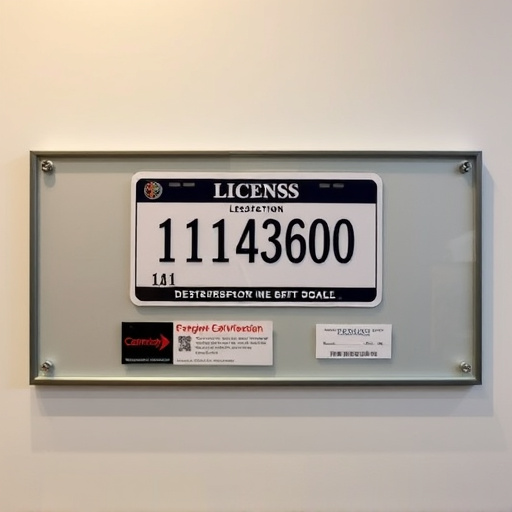Real-world economy testing assesses vehicle performance through extended, practical scenarios, focusing on fuel consumption and emissions. Cold air intake (CAI) modifications significantly enhance miles per gallon (MPG) by improving air intake in modern engines, contributing to both fuel savings and environmental sustainability during everyday driving routines. Adopting CAIs, along with proper maintenance practices like tire inflation, wheel alignment, and timely air filter replacements, can lead to remarkable improvements in overall fuel economy.
In today’s competitive market, understanding real-world economy testing is crucial for optimizing vehicle performance and enhancing fuel efficiency. This article delves into the practical aspects of this process, focusing on strategies like cold air intake (CAI) to achieve significant MPG gains. We explore effective fuel-saving measures tailored for everyday driving scenarios, empowering readers with insights to make informed decisions that save money and reduce environmental impact.
- Understanding Real-World Economy Testing: A Practical Approach
- Cold Air Intake and MPG Gains: Unlocking Fuel Efficiency
- Strategies for Effective Fuel-Saving Measures in Real-World Scenarios
Understanding Real-World Economy Testing: A Practical Approach

Real-world economy testing is a practical approach that evaluates a vehicle’s performance and efficiency in everyday driving conditions, as opposed to controlled lab settings. This method involves scrutinizing various factors such as fuel consumption, emissions, and overall driving experience over extended periods. By mimicking real-life scenarios, including urban driving, highways, and mixed terrain, researchers can gain valuable insights into how vehicles perform under typical use.
One key aspect of this testing is the focus on cold air intake MPG gains. Modifying a vehicle’s intake system to allow for cooler, denser air can significantly improve fuel efficiency. This simple yet effective technique has been shown to deliver substantial MPG gains, contributing to fuel-saving measures and environmental sustainability. Real-world economy tests ensure that these gains are realized not just in ideal conditions but also during the daily commutes and varied driving routines of everyday users.
Cold Air Intake and MPG Gains: Unlocking Fuel Efficiency

In the pursuit of enhancing vehicle performance and efficiency, one relatively simple yet effective modification stands out: the installation of a cold air intake (CAI). This straightforward upgrade directly impacts an engine’s fuel efficiency by optimizing the airflow it receives. Cold air intakes draw in cooler air from outside the engine compartment, which is denser and contains more oxygen molecules compared to warmer, moist air that’s already inside the vehicle. By introducing this colder, denser air into the combustion chamber, engines can burn fuel more efficiently, leading to improved miles per gallon (MPG).
The benefits of a CAI are particularly noticeable in modern vehicles equipped with direct-injection engines. These engines rely on precise metering of fuel and air to achieve optimal power and efficiency. A cold air intake system, designed to maximize airflow while maintaining proper air/fuel ratios, can deliver significant MPG gains. This is because cooler air increases the density of the charge, allowing for more efficient combustion and reducing waste heat, ultimately resulting in better overall fuel economy.
Strategies for Effective Fuel-Saving Measures in Real-World Scenarios

In real-world scenarios, implementing effective fuel-saving strategies is essential for both individuals and businesses aiming to reduce operational costs and environmental impact. One powerful method to achieve significant MPG gains is through the utilization of a cold air intake system. By redirecting colder air from outside the engine compartment into the combustion chamber, these systems enhance the density of the air-fuel mixture, resulting in improved fuel efficiency. The increased airflow allows for better combustion, leading to reduced fuel consumption without compromising performance.
Additionally, regular maintenance plays a crucial role in maximizing fuel savings. Keeping tires properly inflated and aligning wheels can minimize rolling resistance, while replacing air filters at recommended intervals ensures optimal engine performance. Optimizing driving habits, such as avoiding aggressive acceleration and maintaining steady speeds, also contributes to substantial MPG gains. These simple yet effective measures, combined with the use of a cold air intake, can lead to remarkable improvements in fuel economy.
Real-world economy testing is a crucial aspect of automotive development, offering practical insights into fuel efficiency. By employing strategies such as cold air intake and implementing effective fuel-saving measures, vehicles can achieve significant MPG gains. These techniques not only enhance performance but also contribute to a greener and more sustainable future, ensuring both economic and environmental benefits for drivers.














